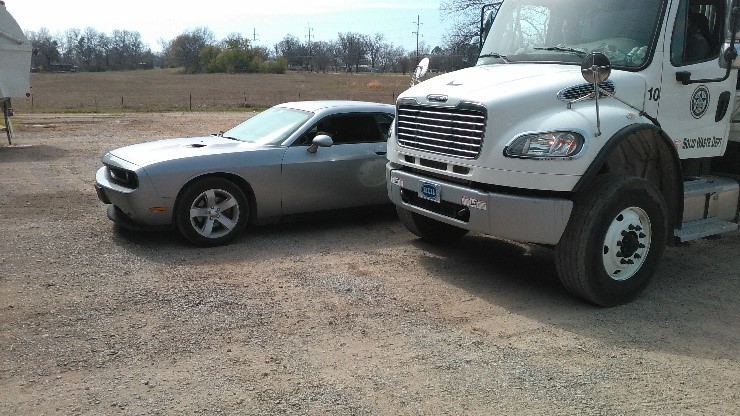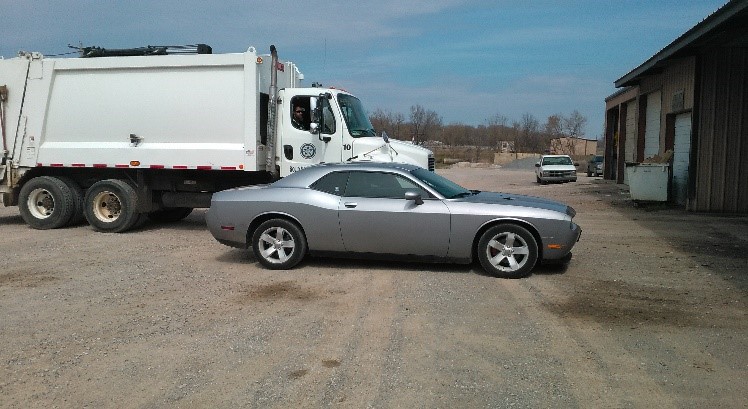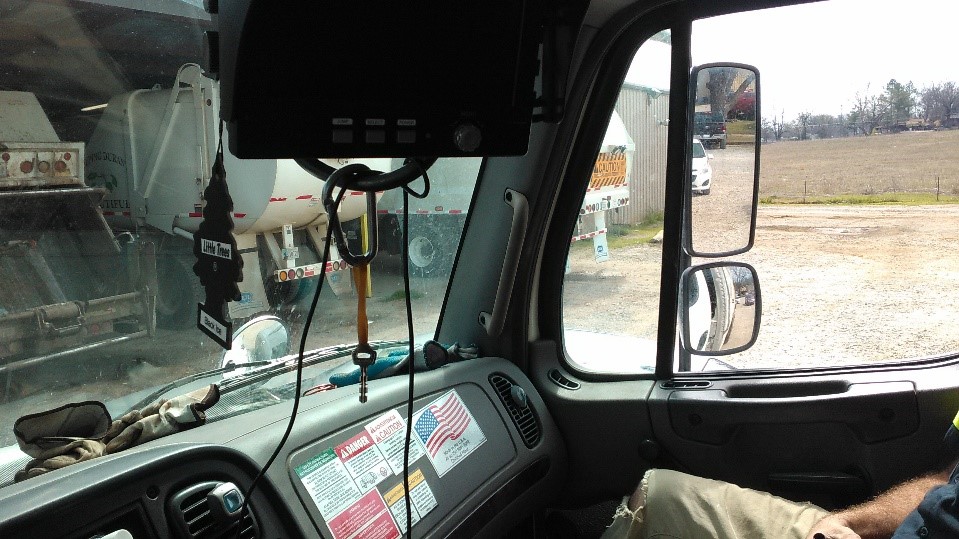Traffic crashes are consistently at the top of OMAG’s list of more costly claims. As the number of crashes increases, injuries and fatalities increase. In the modern patrol vehicle, officers find themselves distracted by radios, cellular phones, laptop computers or mobile communications terminals, in-car video systems, siren boxes, and lighting controls, as well as the constant search for traffic violators and criminal behavior.
Police Officers arguably spend more time driving than any other single task. Sadly, the statistics that reflect the line of duty law enforcement deaths as a result of crashes doesn’t change much from year to year. According to the Officer Down Memorial Page (ODMP), there are nearly 41 officers killed each year in vehicle-related incidents. The unfortunate facts are that the roads are a dangerous place, and many police officers aren’t the expert drivers they would like to think they are. As budgets are evaluated and reduced, funds dedicated to training are typically the first to be cut.
OMAG has a history of helping members address high liability and safety issues through training videos, policy development, workshops, classroom training, practical driver training, and online training. It is because of this commitment to reduce risk and promote safety that OMAG partnered with OSU-OKC’s Precision Driver Training Center in 2006. This top-notch training program aids officers in recognizing their own skill level, the performance their vehicles are capable of, and the effect that environmental factors can have on vehicle operations.
As OMAG received reports on the quality of the training from course participants, we expanded the program to include not just police officers, but any member employee who operates a municipal vehicle. In recent years, the PDTC has trained municipal employees assigned to public works, water/wastewater, EMS, and fire service, as well as law enforcement. The offered courses are beneficial for refreshing and renewing perishable driving skills, as well as improving an individual’s driving techniques. OMAG pays the cost for any OMAG member to attend the PDTC program, which includes the use of an OSU vehicle and hotel stay for those who must travel over 60 miles to the training facility. OMAG members can find more information on OSU’s Precision Driver Training Center at OMAG.org.
About the author:
Kevin McCullough is a Law Enforcement Specialist and has been involved in public safety for over 40 years. McCullough is a nationally recognized instructor and has been teaching emergency vehicle operations and law enforcement driver training since 1988.





